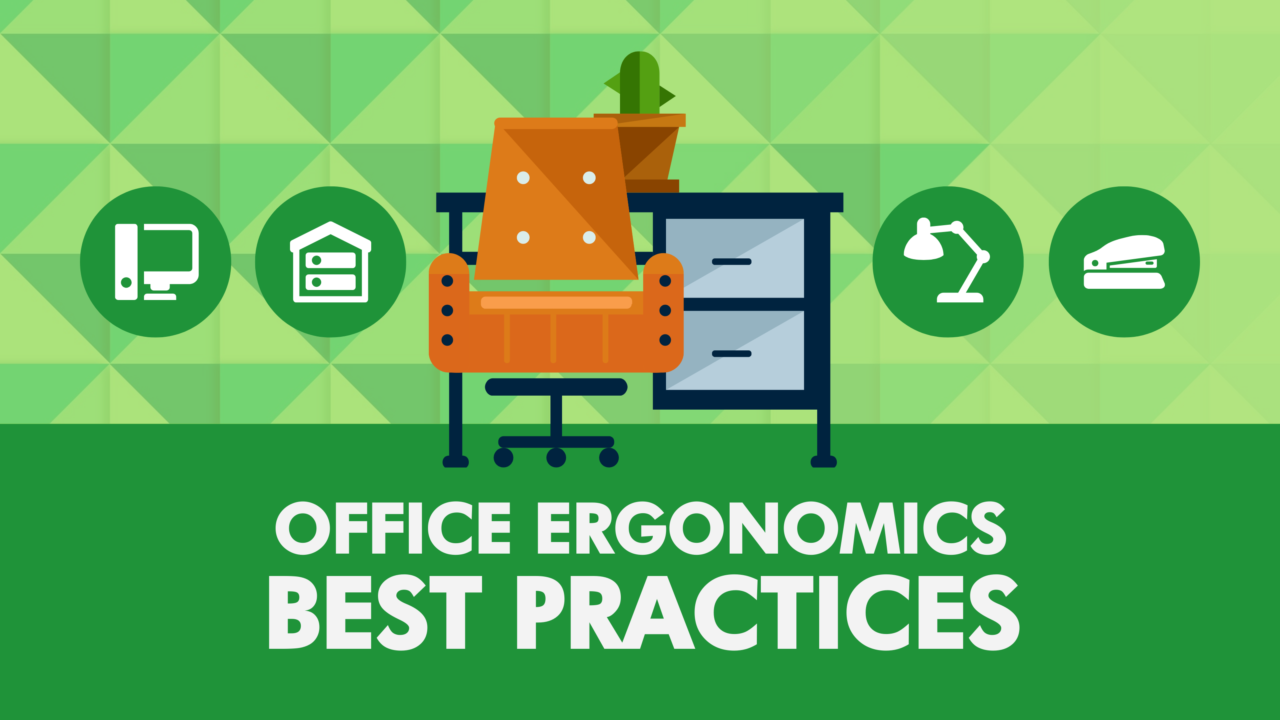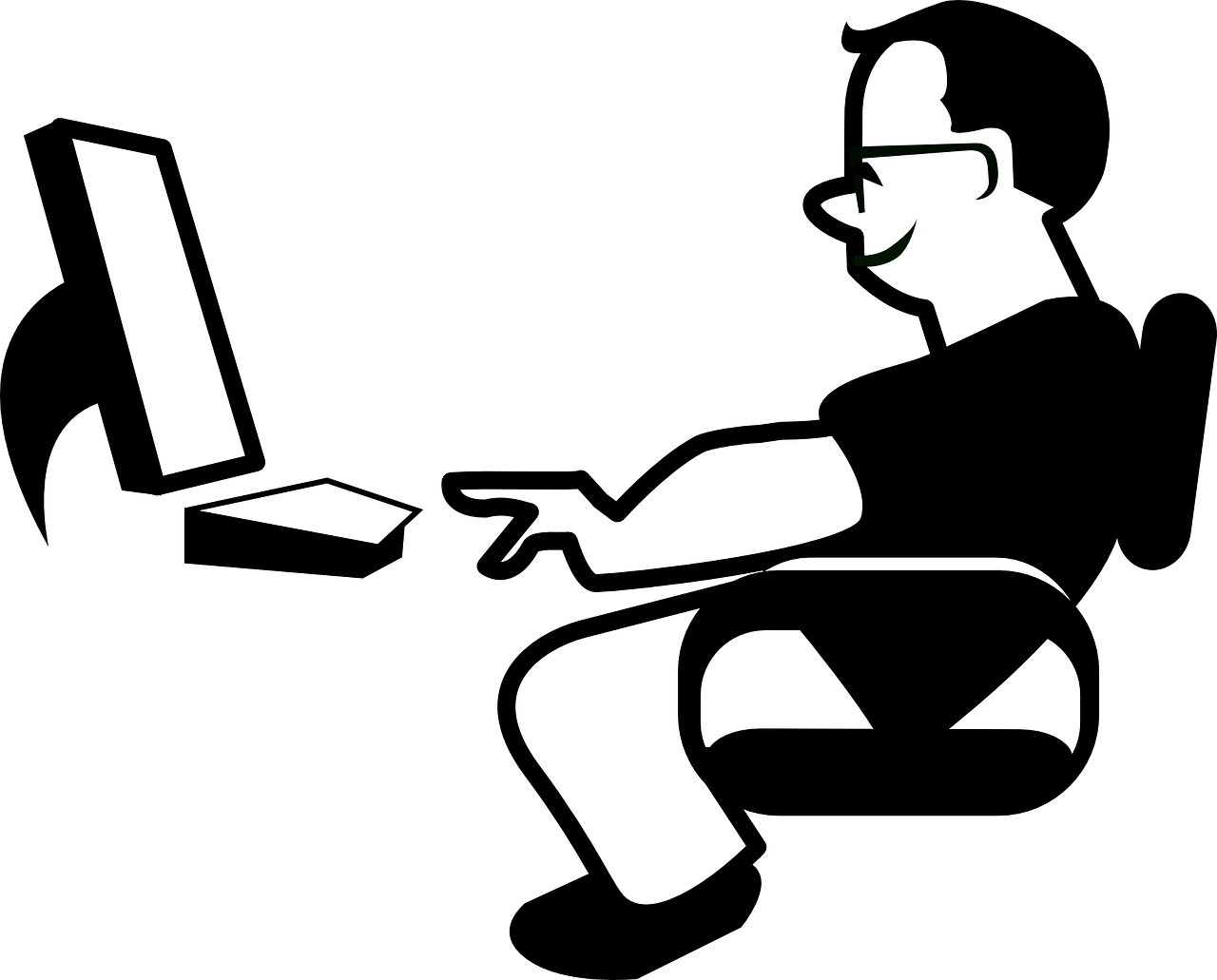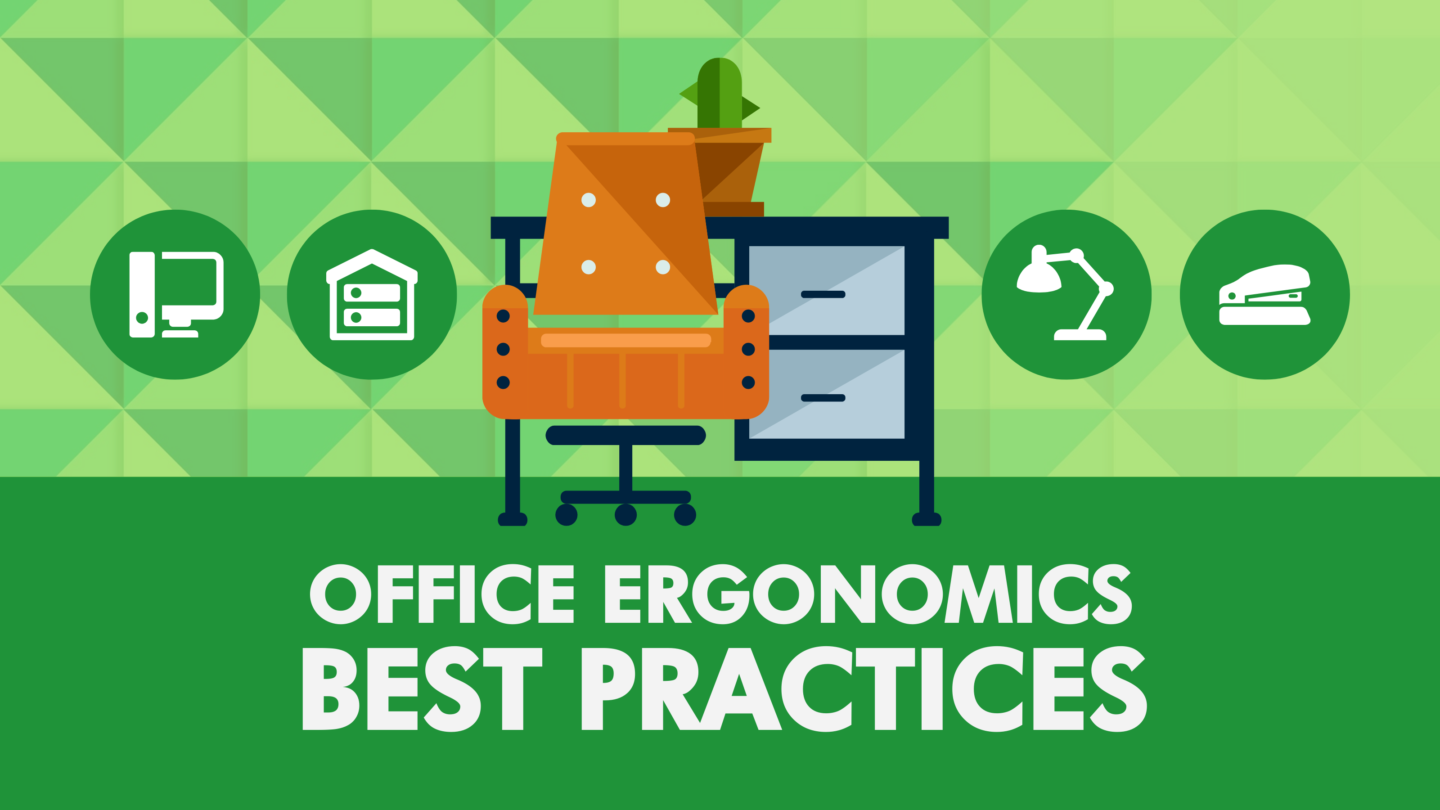
Office Ergonomics Best Practices
Many employees spend a large amount of time at their place of work. In order for them to remain consistently productive and motivated, it’s important that they are comfortable, and not physically compromised or strained.
In order to ensure this, employers should be embracing office ergonomics best practices and also educating their workers about the topic. Regular inspections for ergonomic hazards – old equipment, poor lighting, and uncomfortable chairs, for example – are an important part of office ergonomics best practices.
What is office ergonomics?
In a nutshell, office ergonomics is the science of fitting the job to the worker, not forcing them to adapt to it. The goal is to design an employee’s workstation in such a way that it fits within their limitations and capabilities, while also allowing a comfortable work environment, in order to maximize productivity and efficiency.
Why is office ergonomics important?
The purpose of office ergonomics is to reduce stress, fatigue, and discomfort of employees in the short-term, and to help avoid long-term injuries and diseases such as chronic neck pain, or carpal tunnel syndrome. Obviously, keeping your workers healthy is of utmost importance. Additionally, ensuring that they’re happy and comfortable at work will keep them more productive and motivated.
Main areas to use office ergonomics
There are many aspects of the office that ergonomics best practices can be applied to. We’ll take a look at some of the main ones below.
Working at a desk
An employee’s desk is the place they will spend most of their time, so it’s very important that it is ergonomically-friendly. The first step is to determine which type of desk is right for a specific employee.
Sitting desks: These are the most common type of desks, where the employee will sit and do their work. Ensuring the desks are set up properly is an essential part of healthy office ergonomics. It’s important to keep a neutral body position:
- hands, wrists, and forearms should be in a straight line, roughly parallel to the floor
- Head should be level, balanced, and facing straight ahead
- Shoulders should be relaxed, with elbows close to the body
- Feet and back need to be fully supported, with knees about the same height as the hips – if feet are dangling, a footstool should be used, or the chair lowered
- Arms should be supported at all times, otherwise, shoulder and neck muscles will be very sore

Standing or treadmill desks: This study found that standing and treadmill desks are better than sitting desk when it comes to office ergonomics. Adding that extra bit of exercise was found to help combat the sedentariness of an office job, as well as improve moods, all while refraining from introducing too many workplace complications. However, while inherently better, standing and treadmill desks still need to be set up correctly.
- When standing, the head, neck, torso, and legs should be kept in a straight line
- Feet should be slightly apart, with one on a footrest if required
- An ergonomic mat should be used if standing for long periods of time
- Avoid reaching or twisting while standing
Desk layout
Regardless of whether the employee has a sitting, standing, or treadmill desk, how it is laid out is important for office ergonomics.
Computer:
- If using a computer, the monitor should be directly in front of the employee, not off to the side
- The monitor should be adjusted so the top third is roughly at eye level, but never above
- The monitor should be at least an arm’s length away, and should not be placed in front of a window or other bright background
- The keyboard should be placed directly in front of the employee so they don’t need to twist and turn
- The mouse should be close to the keyboard to avoid unnecessary reaching
Laptop:
- Employees should actually try to avoid using laptops for extended periods of time as laptops cause strains on the wrists and neck
- Office ergonomics suggests placing the laptop on a stand so it can be raised to eye-level, or plugging it into an external monitor
- Use a separate keyboard and mouse
Phone:
- One of the actions that goes most against office ergonomics is cradling the phone between ear and shoulder
- Obviously, this puts undue strain on the neck and shoulder
- The most viable options to fix this include putting calls on speaker, or if that is not possible, providing employees with wearable, hands-free headsets to take calls
The Chair
Obviously more pertinent to those using a sitting desk, but still relevant to others as even employees using a standing or treadmill desk will need to sit eventually.
Posture
- Don’t slouch – this puts more pressure on the discs and vertebrae in the back. The chair should have good lumbar (lower back) support, so use that instead
- Adjust the chair so that the desk is elbow height.
- Make sure feet are firmly on the ground. Use a footrest if they dangle
- If reclining, keep the torso in a straight line and recline between 105 and 120 degrees.
- Ensure the chair is as close to the workstation as possible, to avoid leaning and reaching. “Scooch” the chair in each time upon sitting down
- Don’t crane neck and head forward – have head directly above the neck
The Employee
Of course, besides applying office ergonomics to the objects they use, employees can participate in ergonomic best practices themselves.
- Rest the eyes: Periodically, employees should look at objects in the distance to give their eyes a break from the screen
- Stretch: If the employee isn’t using a standing or treadmill desk, getting up out of their seat and stretching or walking around for a few minutes will help keep them focused
- Take breaks: Taking breaks at work is an essential part of office ergonomics best practices
Final Thoughts
Employees are the heart of any company. Using best practices in office ergonomics to ensure the job is fitted to them will make for healthier and more productive employees for more sustainable time frames.




